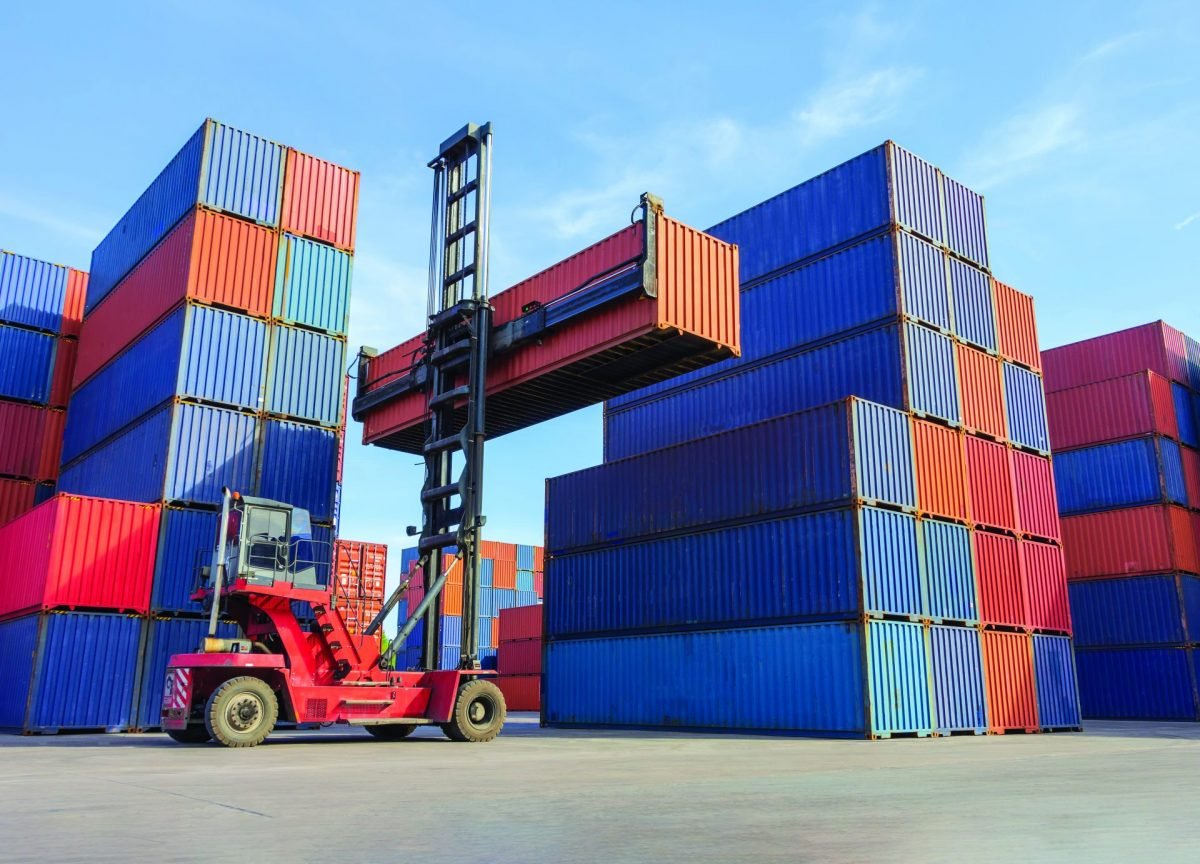
The global supply chain relies on the smooth flow of goods across borders, cities, and continents. For businesses and consumers alike, understanding how cargo is handled and tracked throughout its journey is crucial. In this blog post, we'll explore the logistics behind cargo handling, the technologies that facilitate seamless tracking, and the steps involved in ensuring your goods reach their destination safely and on time.
1. Starting Point: Cargo Pickup and Documentation
The cargo journey begins at the shipper’s facility, where goods are prepared for transport. Proper packaging is critical, especially when dealing with fragile or high-value items. Alongside this, comprehensive documentation is prepared, including the bill of lading, shipping invoices, and customs declarations. These documents are key to ensuring compliance with international regulations and streamlining the logistics process.
2. Transportation to the Port or Terminal
Once packed and documented, the cargo is transported to a port or terminal via trucks, trains, or inland waterways. The choice of transportation depends on factors like cargo type, distance, and cost. During this phase, logistics companies often use tracking technology to monitor the cargo’s movement. GPS trackers and telematics systems provide real-time updates on the cargo’s location, giving shippers and recipients greater visibility.
3. At the Port: Inspection and Consolidation
Upon arrival at the port or terminal, the cargo undergoes inspection to verify its documentation and ensure compliance with safety and customs regulations. Depending on its destination and shipping mode (air, sea, or rail), the cargo is consolidated with other shipments into containers, pallets, or crates. Containerization plays a vital role in modern logistics, optimizing space and safeguarding goods during transit.
4. Loading and Transit
Once consolidated, the cargo is loaded onto the designated mode of transport—whether a cargo ship, airplane, or train. This marks the beginning of the longest leg of its journey. During transit, modern logistics systems provide end-to-end visibility. IoT-enabled sensors monitor conditions like temperature and humidity for sensitive goods, while satellite tracking systems offer real-time updates on the cargo’s whereabouts. These technologies enable proactive management, helping companies address potential delays or issues before they escalate.
5. Customs Clearance and Port Handling
Upon reaching its destination port, the cargo undergoes customs clearance. This process involves verifying the documentation, paying duties and taxes, and ensuring compliance with local regulations. Efficient customs handling is crucial for minimizing delays and ensuring smooth onward transport. After clearance, the cargo is unloaded and transferred to a staging area where it awaits pickup for final delivery.
6. Last Mile Delivery
The final leg of the journey, known as last-mile delivery, is often the most challenging. Cargo is transported from the port or terminal to its final destination, typically via trucks or local delivery networks. The last mile can involve navigating complex urban environments, which makes efficient route planning essential. Technology plays a key role here as well, with GPS navigation and dynamic route optimization helping to ensure timely deliveries.
7. Final Handoff and Confirmation
Once the cargo reaches its final destination, it is delivered to the recipient. At this stage, electronic proof of delivery (ePOD) systems are often used to confirm receipt. This includes digital signatures, photos, or barcode scanning, providing shippers with verifiable confirmation that the cargo has arrived safely.
8. Tracking Technology: The Backbone of Modern Logistics
Throughout the cargo’s journey, tracking technology is crucial for maintaining visibility, optimizing operations, and enhancing customer satisfaction. Here are some of the most common tracking solutions used today:
- RFID (Radio-Frequency Identification): RFID tags allow for easy identification and tracking of individual items within a shipment.
- GPS and Telematics: GPS provides real-time location tracking, while telematics systems monitor vehicle performance, driving behavior, and route efficiency.
- IoT Sensors: These sensors provide data on environmental conditions like temperature, humidity, and shock levels, ensuring goods remain in optimal condition.
- Blockchain Technology: Blockchain creates an immutable record of transactions, enhancing transparency and reducing fraud risks in the supply chain.
9. Challenges in Cargo Handling and Tracking
Despite technological advances, cargo handling and tracking present several challenges. These include regulatory compliance across multiple countries, dealing with unforeseen delays like bad weather or port congestion, and managing the complexity of multimodal transport (involving several types of carriers). However, continuous innovation in logistics technology and best practices help mitigate these issues.
10. The Future of Cargo Logistics
The future of cargo logistics lies in automation, artificial intelligence, and data analytics. Autonomous vehicles and drones may soon take over last-mile delivery, while AI-driven systems can predict and prevent disruptions by analyzing vast amounts of data. As technology evolves, we can expect even greater efficiency, reliability, and transparency in the world of cargo handling and tracking.
Conclusion
From pickup to final delivery, the journey of cargo involves a series of meticulously coordinated steps, backed by sophisticated tracking and management systems. Understanding this process not only sheds light on the complexity of global logistics but also highlights the technologies driving seamless, reliable, and secure cargo transportation.



